Last Updated on August 2, 2021

Welcome to The Best Movie You NEVER Saw, a column dedicated to examining films that have flown under the radar or gained traction throughout the years, earning them a place as a cult classic or underrated gem that was either before it’s time and/or has aged like a fine wine.
This week we’ll be looking at RAVENOUS.

THE STORY:
In the wake of the Mexican-American war a disgraced Army Captain is reassigned to a fort in the Sierra Nevada mountains, one which soon becomes the feeding ground for a monster straight out of Native American myth: the Wendigo.
THE PLAYERS:
Actors Guy Pearce, Robert Carlyle, David Arquette, Jeremy Davies, Jeffrey Jones, John Spencer, and Neal McDonough. Writer Ted Griffin. Director Antonia Bird.
Also, meat.
THE HISTORY:
UPDATE – Milcho Manchevski, original director of RAVENOUS, has since reached out to us with the following information about his experience working on the film:
There are several inaccuracies in the piece on Ravenous. I did not submit new storyboards a week before the shoot’s start date, nor would that that [sic] ad [sic] two weeks to production. My storyboard (over a 1,000 drawings) was delivered months before principal photography. It is also not true that the crew and actors were only allowed to talk to me at lunch and for an hour in the evening. I was working with them all the time – that is my job. It is easy to check the facts on all of this – you need to talk to any crew or cast member – in Prague or in the US. Try Guy Pearce, Bobby Carlyle, Neal McDonough, Jeremy Davies, Nic Gaster, Peter Sova….
Laura Ziskin, the head of Fox 2000 was unhappy that she could not direct vicariously through me. I told her she did not have the creative credentials to tell me what to do. And she didn't. Money does not buy her the right to change a work of art.
The misinformation you quote above were planted by Ziskin and Fox in a hatchet job in Premiere magazine as a way of justifying the fact that they botched this project. I did not respond to the initial article, but I feel I should clarify things in your piece. Ravenous could have been a really quirky, fun, disturbing and sophisticated little gem.
Thanks for your time.
Best,
Milcho Manchevski
The column entry as originally published continues from here.
Shot in Slovakia and Mexico, production on RAVENOUS began in a suitably dramatic way when director (then-recent Oscar winner) Milcho Manchevski submitted new storyboards a week before the shoot’s start date. The new scenes and set-ups added two weeks to production, straining an already difficult relationship between him and producers. Even on the first day the budget and schedule were still in flux, and word is that Fox2000 exec Laura Ziskin (SPIDER-MAN, PRETTY WOMAN) was micromanaging and sending Manchevski daily notes about his directorial choices. On set Manchevski was, by all accounts, difficult to deal with – crew and actors were only allowed to talk to him at lunch and for an hour in the evening, and he periodically refused story/budget meetings with the producers.

It was all about who's got a bigger dick. The Fox2000 executive Laura Ziskin [executive producer, Pretty Woman] was micromanaging everything I did, vetoing technicians, casting even the smallest part. Yet it was me who put together that great cast. Every day I'd get notes on the rushes from her, saying the uniforms were too dirty, or there weren't enough close-ups of David Arquette. Then one day she just got on a plane unannounced and came over with the director of Home Alone III [Raja Gosnell] to replace me – but all the actors went on strike, and Antonia Bird was called in… You couldn't make it up; it's beyond satire. I have to say Hollywood is full of the most miserable, unhappy people I have ever met – and I'm from the Balkans! -Milcho Manchevski
While he was supported by the cast and crew, Manchevski soon found himself in that unfortunate club of talents who struggle with juggling an expanded budget, larger crew, and studio expectation such that they're replaced mid-production. In his case, Ziskin brought director Raja Gosnell (editor on HOME ALONE, MRS. DOUBTFIRE, and TEEN WOLF TOO) in after just three weeks to replace Manchevski (who has since refused to ever work in Hollywood again). This promptly backfired when the cast in turn rejected Gosnell. Actor Robert Carlyle suggested frequent collaborator Antonia Bird to take over directorial duties, and after ten days of negotiation Bird came on board. She promptly learned she may have bitten off more than she could chew. The Fox exec (not Ziskin) in charge had never overseen a film production, and with all the on-set rewrites screenwriter Ted Griffin (MATCHSTICK MEN, OCEAN’S 11, and the upcoming SOLACE) is quoted as saying “At one point things were so bad, our cigarette intake doubled… we thought, ‘we may not get this movie made, but we will get emphysema.”
With a final cut tinkered with by the studio and a release date buried between CRUEL INTENTIONS, THE RAGE: CARRIE 2, and THE MATRIX, opening weekend saw RAVENOUS come in at 18th at the box office before pulling in a final domestic gross of just over $2 million against its reported $12 million budget. But in the years since, it has become one of those under-the-radar movies alternately loved for its quirks and respected for its attempts to buck expectation. A sometimes startlingly funny, often unique, always inventive piece of gruesome semi-horror cinema that deals with deeper questions of what it means to be a soldier, a human, and a man, this movie is a must see for any genre connoisseur.

It was a really harrowing experience making Ravenous, because there was a whole lot of shit that went down that was awful to have to deal with. The first director was fired, then they brought in another director who we felt was highly inappropriate, so we had a mutiny, and they gave in and said, “Who do you want to direct this movie?” And this went on for a couple of weeks, and then thankfully Antonia Bird – who was in partnership with Robert Carlyle, and an old friend of his as well — had read the script and was able to step in and take over. But even then, the studio really was trying to gear the film in a particular direction, which was not at all the direction that I understood it to be in the beginning, so it was a very tense time, which kind of spoiled—well, maybe it added to it, I don’t know. – Guy Pearce
WHY IT'S GREAT:
So begins RAVENOUS, and so begins our tale of bleak humor and bloody horror set in the brutal West. Fan favorite Guillermo del Toro has talked in the past about how, to his mind, "horror is inherently political." Which falls right in line with how Bird herself said that RAVENOUS fundamentally "isn't a movie about cannibalism. It's an allegorical movie about the state of the world we're living in." Which works. It absolutely works. As Captain Boyd (Pearce) moves from war to peace to taking part in protecting the United States' westward expansion to fighting a monster that may or may not actually just be one very violent man, he constantly comes across questions, answers, and decisions that he can't, to be bluntly allegorical, stomach. Sometimes psychologically, sometimes emotionally, sometimes physically, but always with painful result. Be it his actions in life as a soldier, as a man, as an American, as a Christian, he is heir to (and often participant in) deeds that he can't reconcile with what he thinks must right. Which brings us to one of the hidden beauties of horror and fantasy – they give us just enough room to step back and see something for what it really is, all while still staying emotionally invested in the events.
"He that fights with monsters should look to it that he himself does not become a monster." – Friedrich Nietzche
"Eat me." – Anonymous
Or in Boyd's case, his wild journey. And it is a wild one. Buried alive by bodies in the beginning, Boyd hides himself in terror as his unit is massacred right in front of him. Taken back to the Mexican camp along with the rest of the dead, bravery and shame intermingle and drive him to singlehandedly take the camp by surprise. Initally richly rewarded for his efforts, when the truth comes out about how Boyd was able to be in such a prime position… well, the newly-promoted Captain finds himself exiled to a remote fort in the Sierra Nevada mountains. Which wouldn't be the worst thing in the world, but for the stranger that soon staggers out of the snow.

I had read the script 18 months before and I'd absolutely loved it – thought it was a beautiful piece of writing and I was just about to do Face with Robert and the boys and I didn't want to do another boys' movie – and I saw it very much as a very, very male movie and I was not interested in that. I didn't take it very seriously and then when Bobby said he was doing it I reread it and was insanely jealous and thought, 'This is a great script and you've got a great cast', but that was that, I was getting on with my life and then the phone call came. – Antonia Bird
Colqhoun (Carlyle) spins Boyd and the other soldiers a story of how he and his wagon train got lost in the pass. Of how they became so desperate, they resorted to cannibalism to survive. And of how he was the only survivor. He blames it all on a Colonel Ives, who he says was responsible for first leading them astray with the promise of a shortcut and then being the first of the group to resort to start eating the rest of the group. Which all seems like some suitably soldierly shit they should be investigating, it being their jobs to keep people safe and all. So they go, ignoring the warning of their Native American guide: that there are beasts out there in the world, men who gain strength by consuming the flesh of their foes. That these men become cursed with the hunger for more. And that these beasts are called Wendigo.
You see where this is going. But it's a delicious ride nonetheless.
Because one massacre later, Boyd barely escapes the killer who believes himself to be just such a beast. In his fever and his exhaustion he makes his weary way back to the fort only to find Colqhoun now cleaned up and claiming to be… Colonel Ives. And the remaining soldiers stationed there, having never met Colqhoun when he first stumbled out of the snow, have no evidence to believe anything Boyd says about the danger. From there the dance of blood and meat and death only becomes more gleeful, more mad, and more gruesome right up to and including a final eighteen minutes that are director Antonia Bird's personal favorite sequence in the film.
Which is all to say… a large part of what makes RAVENOUS so great is that it you really haven't seen anything like this before. Alas, wrong time, wrong place, the dropping of all the balls when it came to supporting and marketing the movie, creative disconnect and discontent, all led to a movie that's had to crawl its way up through the mountain of gore and corpses that is time and memory. And succeeded.

"Some of the original stuff in the first script was just fantastic and we couldn't do it because the budget wasn't in place. I was constantly, during the shoot, trying to get that original spirit back. And I think I did in places. I mean when Boyd jumps off the cliff, again it was just 'Boyd jumps off the cliff" you know but that's a big sequence now. I had to fight quite hard with production to even get to shoot that sequence. I mean I was allowed to do the jumping off the cliff but I wasn't allowed to do the falling through the trees. I had to reschedule the whole film at that point and fight for it. So it was a very bizarre experience. In one sense I'm really proud of this film. Really proud of this film – it's the best thing I've done – but I wish I could have done with a bit more prep." – Antonia Bird
It's also well worth taking a minute to talk about the myth of the wendigo. A human who believes himself to be beast, a man who consumes the flesh of other men in order to take on the strength and vitality of their spirit, the wendigo hasn't been used or seen that much in cinema so far. Which is a shame, because it brings an extraordinary and unique commentary to the narrative's events and character conflicts, both with the ones they have with each other and the ones they have with themselves. Much in the same way the best war films are the ones that focus on the cost of and damage done by that experience on those involved at the ground level, or how the brutal effectiveness in 12 YEARS OF SLAVE is in watching how the practice of slavery impacts and breaks down both practioner and victim, so to does the very particular use of a wendigo in this time period with these characters illuminate points both deep and gut-wrenching: that this sentence is running on really long. Also, that the metaphor of how the human race excuses its grimier actions for the sake of "civilization and progress", ignoring the often self-destructive cost that comes from its sacrifices, is a very (and sadly) sound one indeed. And I could be clutching at entrails here, but I don't think it's an accident that the monster used is from a First Nation myth.
Meaning there's more than a little philisophical meat on these bones to chew on long after the credits roll. Which, if not all-too-rare, is at least medium rare.

David Arquette thinks these meat and cannibalism puns are officially overdone.
RAVENOUS caught a lot of actors at the cusp of their careers taking off – Guy Pearce just after L.A. CONFIDENTIAL and before MEMENTO and THE COUNT OF MONTE CRISTO, Robert Carlyle just after THE FULL MONTY and before THE WORLD IS NOT ENOUGH, Neal McDonough just before "Band of Brothers" and MINORITY REPORT. You can see them flexing acting muscles and exploring their type, always unafraid to be as quiet, as vicious, as odd, or as intense as the story and tone ask them to be. Jeremy Davies does his Jeremy Davies thing you know so well from "Lost" and "Justified", Jeffery Jones brings his trademark awkwardly endearing very physical presence, and Robert Carlyle deserves a second mention for his crazy and captivating performance.
As a film score aficionado, I can’t let a write-up about RAVENOUS pass by without mentioning the very strong work done by composers Damon Albarn and Michael Nyman. The music, performed by violin, guitar, banjo, jaw harp, and squeeze box, strikes a balance between traditional-type melody and the conventions of any good Western with unsettling orchestrations that slowly sink like a cannibal’s teeth into the receptive flesh of your unconscious. It is masterful work that both enhances and elevates the film's creative choices, serving well to tie everything together.
RAVENOUS is that all-too rare beast that you can watch while you kick back and munch on popcorn or something or write a thesis paper about. Entertaining, passionately crafted, and well composed for all its occasional tonal and constant production quirks, this horror fan recommends it highly.
BEST SCENE:
Any scene with Robert Carlyle is the best scene. And an excellent example as to why can be seen in this clip that accurately captures the pulpy-yet-unsettling combination of humor, horror, performance, and score that is this movie (note: some spoilers ensue for the mid-movie turn).
SEE IT:
RAVENOUS received a superb re-release via Scream Factory that we told you about a year or so ago – pick up the Blu-Ray HERE!
PARTING SHOT:
"I've had a whole new thought in the last 24 hours… I need a whole new cut for Europe. I'd love to build that into my budget for future films: one edit for the US and one for Europe. I felt that the voiceover on Ravenous was superfluous, as were the quotes at the beginning explaining everything. There's this disease of thinking your audience is stupid – and they're not. You can go out to the poorest little town in the Mojave desert and sit in a trailer park talking to people who are smarter and brighter than you are. They happen to be bagging groceries and we're supposed to think that they're stupid. But they're not stupid." – Antonia Bird






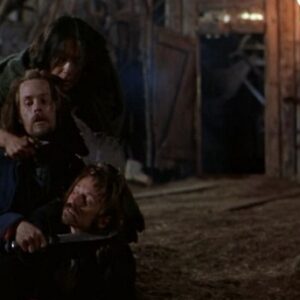

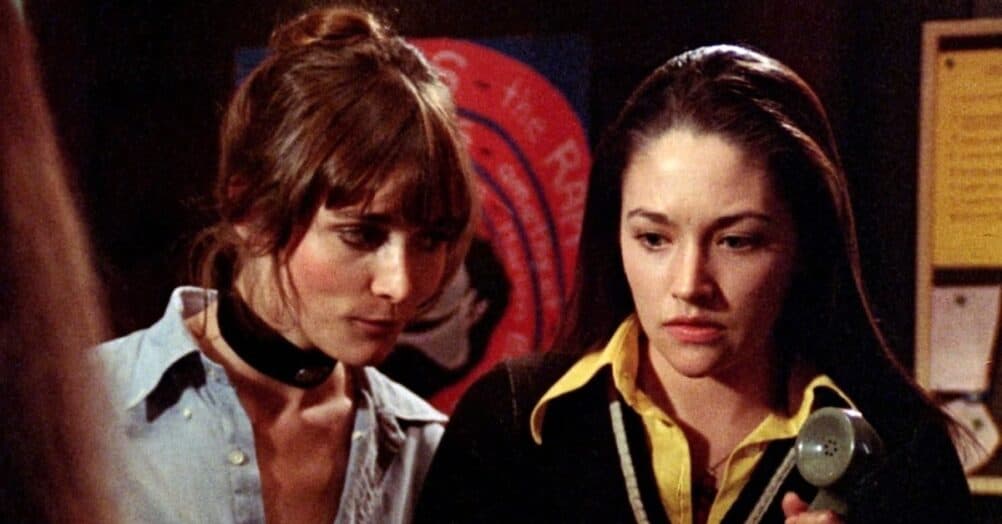



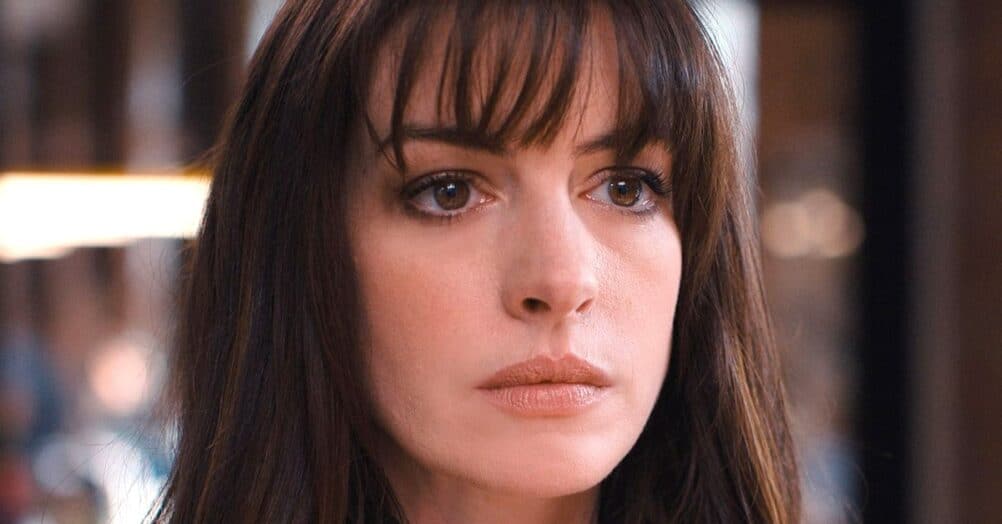

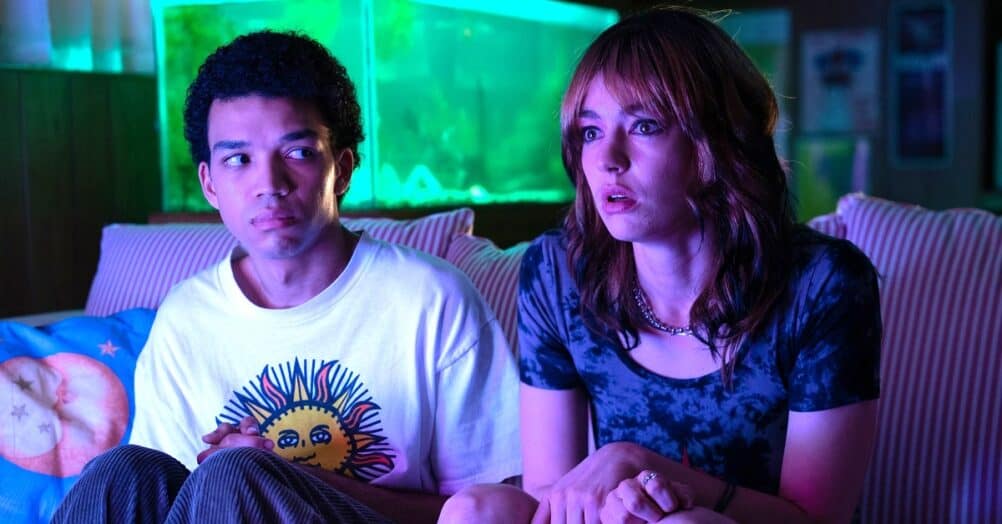


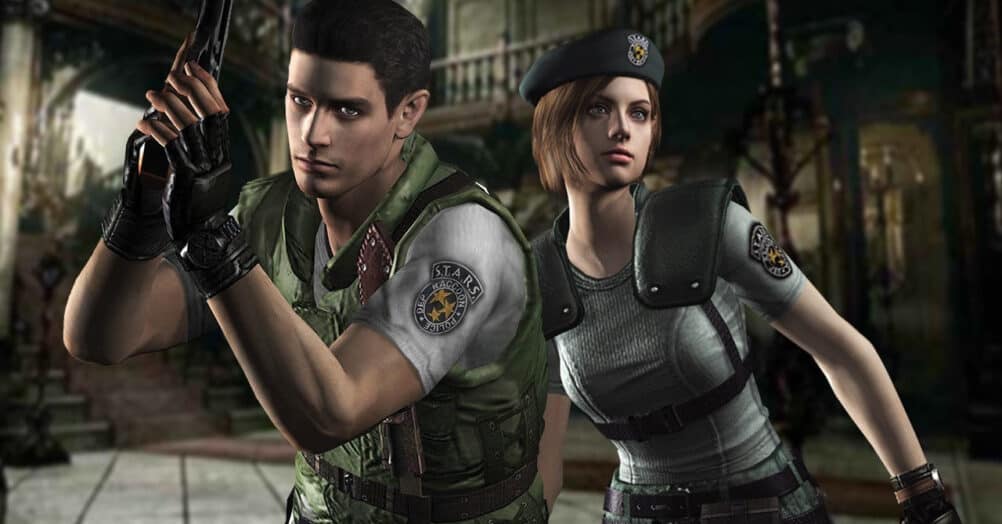
Follow the JOBLO MOVIE NETWORK
Follow us on YOUTUBE
Follow ARROW IN THE HEAD
Follow AITH on YOUTUBE